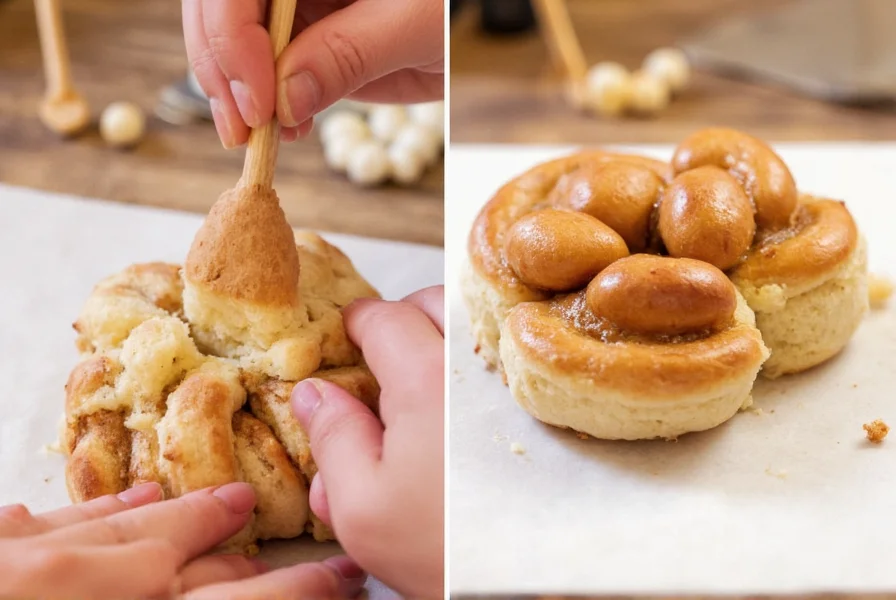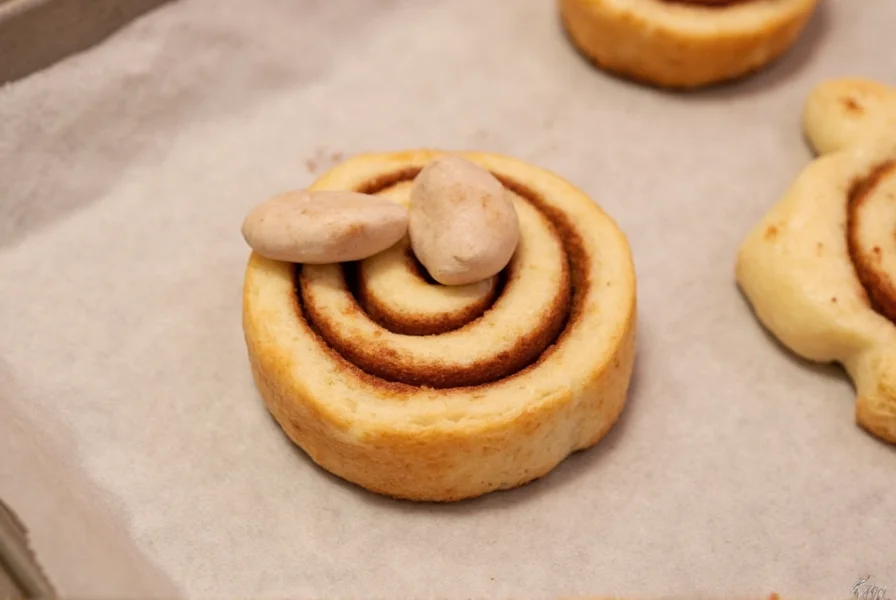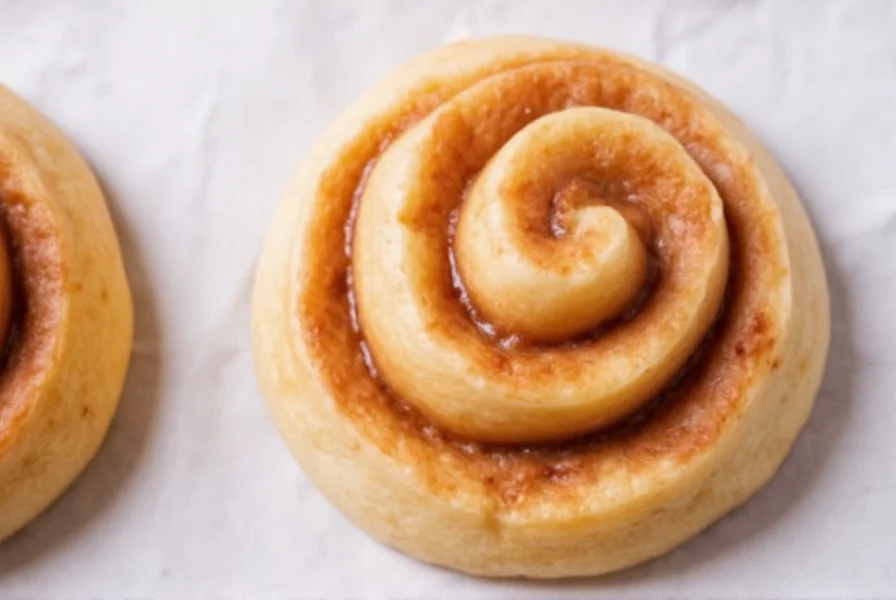Creating adorable cinnamon buns combines baking fundamentals with artistic presentation. Unlike standard rolls, cute versions incorporate intentional shaping, whimsical decorations, and thoughtful presentation that delight both children and adults. The key lies in manipulating dough structure while maintaining proper baking chemistry to ensure both visual appeal and delicious flavor.
Essential Shaping Techniques for Cute Cinnamon Buns
Mastering dough manipulation separates ordinary from extraordinary cinnamon buns. Start with a well-chilled dough that holds shape better during intricate shaping. For animal shapes, divide dough into small portions and roll each into a "snake" about 1/2 inch thick. Create basic animal forms by coiling snakes into circles for heads, adding smaller pieces for ears, and using raisins or chocolate chips for eyes.
For flower-shaped buns, cut rolled dough into thin strips and arrange them in overlapping circles on top of the base roll. The "pig tail" technique involves twisting two strands together before coiling, creating a naturally cute spiral effect. Remember that dough continues expanding during proofing, so shapes should appear slightly understated before baking.

Creative Filling and Topping Combinations
While traditional cinnamon-sugar remains essential, creative additions elevate visual appeal without compromising flavor. Consider these adorable yet practical combinations:
| Shape Style | Filling Variation | Decoration Technique |
|---|---|---|
| Animal shapes | Standard cinnamon with nutmeg | Chocolate eyes, colored sugar accents |
| Flower designs | Raspberry jam swirl | Edible flower petals, powdered sugar dusting |
| Character faces | Apple-cinnamon compote | Fondant features, cinnamon stick accessories |
When working with fillings for cute cinnamon roll presentations, apply them thinly and evenly to prevent leakage during baking. For character faces, reserve some dough for facial features and apply them after the initial bake when the rolls have set but remain slightly soft.
Baking and Presentation Tips for Maximum Cuteness
Proper baking technique preserves your精心 crafted shapes. Bake at 325°F rather than higher temperatures to prevent rapid spreading that distorts shapes. Place rolls slightly farther apart than usual to accommodate expansion without merging. For animal shapes, position them facing outward on the baking sheet to maintain their intended appearance.
Presentation transforms baked goods into truly cute cinnamon buns. Arrange finished rolls in thematic patterns - hearts for Valentine's Day, nests for spring celebrations, or constellations for stargazing themes. Drizzle icing in deliberate patterns rather than random pours, creating "hats" for character buns or "paths" between animal shapes. Consider serving on patterned parchment paper that complements your theme.

Avoiding Common Cute Cinnamon Bun Mistakes
Many bakers encounter issues when attempting adorable designs. Overfilling causes bursting during baking, ruining shapes. Excessive handling warms the dough, making it difficult to maintain intricate forms. Using wet ingredients like fresh fruit in fillings creates leakage that distorts shapes.
For successful cute cinnamon roll recipes, remember that simplicity often creates the most effective visual appeal. A single strategically placed chocolate chip makes better eyes than elaborate fondant features that might melt. Allow shapes to evolve naturally from the dough's behavior rather than forcing unnatural positions that won't hold during baking.
FAQ
What's the secret to maintaining cute shapes during baking?
Chill your shaped dough for 15-20 minutes before baking to help maintain intricate shapes. Use a slightly lower baking temperature (325°F instead of 350°F) to prevent rapid spreading. Place rolls farther apart on the baking sheet to accommodate expansion without merging.
How can I make cute cinnamon buns without special tools?
You only need basic kitchen tools. Use kitchen scissors to cut dough for animal ears, a toothpick for detailing, and everyday items like chocolate chips for eyes. Simple shapes like twisted "pig tails" or basic animal forms require no special equipment while creating maximum visual appeal.
Which icing works best for cute cinnamon bun decorations?
A thick powdered sugar glaze (3 parts sugar to 1 part liquid) holds its shape best for detailed decorations. For character features, use piping-consistency icing in small disposable bags with tiny tips. Avoid runny icings that blur your carefully crafted designs.
Can I make cute cinnamon buns ahead of time?
Yes, shape your buns and place them on the baking sheet, then cover and refrigerate overnight. The cold slows fermentation while allowing flavors to develop. When ready to bake, let them come to room temperature for 30 minutes before placing in the oven for adorable fresh-baked results.











 浙公网安备
33010002000092号
浙公网安备
33010002000092号 浙B2-20120091-4
浙B2-20120091-4